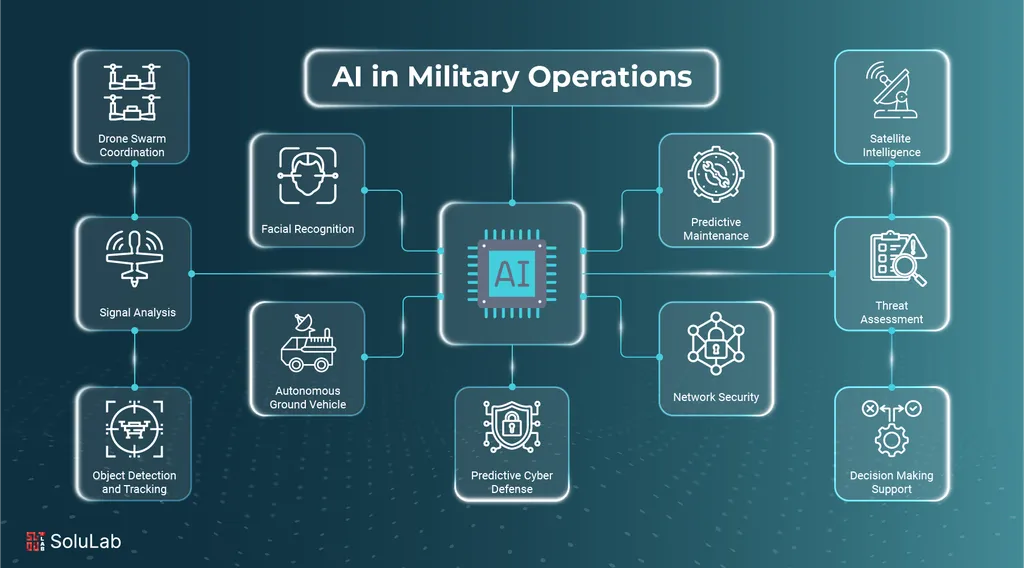Ben McClusky, a researcher in the field of artificial intelligence and machine learning, has introduced a groundbreaking communication framework designed to enhance decision-making in decentralized multi-agent systems. These systems operate in dynamic network environments, where the ability to adapt and communicate efficiently is crucial. McClusky’s work, integrated into a multi-agent reinforcement learning system, addresses these challenges by optimizing the network’s collective knowledge through innovative communication strategies.
The novel framework adapts static network packet-routing scenarios to dynamic settings, where node failures can occur. This is achieved by incorporating a graph attention network layer within a recurrent message-passing framework. Additionally, McClusky introduces a multi-round communication targeting mechanism, which allows for an attention-based aggregation mechanism to be trained effectively in sparse-reward environments using only reinforcement learning. This approach represents a significant advancement in the field, as it enables systems to learn and adapt in complex, dynamic environments without the need for extensive pre-programmed rules or human intervention.
Experimental results demonstrate the efficacy of McClusky’s framework, showing a 9.5 percent increase in average rewards and a 6.4 percent reduction in communication overhead compared to baseline systems. These improvements highlight the potential of the framework to enhance the performance of decentralized multi-agent systems in various applications, including critical infrastructure and military contexts. The study also delves into the ethical and legal implications of deploying such systems, providing a comprehensive analysis of the challenges and considerations that must be addressed.
In the defence and security sector, the practical applications of this research are manifold. For instance, the framework could be employed to improve the coordination and decision-making capabilities of unmanned aerial vehicles (UAVs) or drones operating in dynamic and potentially hostile environments. By enabling these systems to communicate and share information more efficiently, the framework could enhance their ability to complete missions successfully, whether that involves surveillance, reconnaissance, or targeted strikes.
Moreover, the framework’s ability to adapt to node failures and dynamic environments makes it well-suited for applications in military communication networks. These networks often operate in challenging conditions, where maintaining robust and reliable communication is paramount. By integrating McClusky’s framework, military communication systems could become more resilient and adaptable, ensuring that critical information is shared effectively even in the face of disruptions or attacks.
The study also identifies current limitations and suggests potential directions for future research. For example, while the framework has demonstrated significant improvements in performance, there is still room for further optimization and refinement. Additionally, the ethical and legal implications of deploying such systems in critical infrastructure and military contexts require ongoing scrutiny and discussion. As the field of decentralized multi-agent systems continues to evolve, McClusky’s work provides a valuable foundation for future advancements and applications.
This article is based on research available at arXiv.

